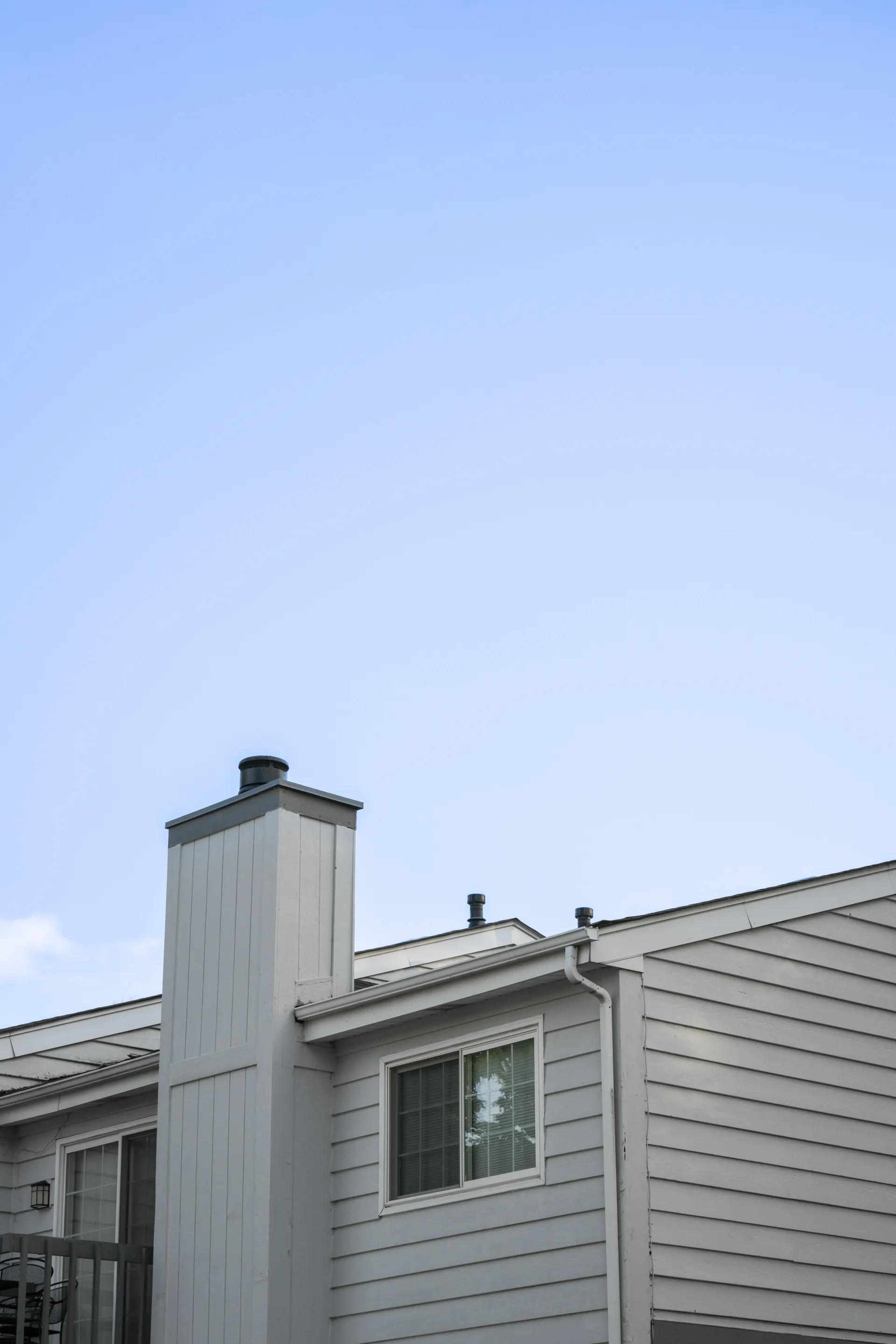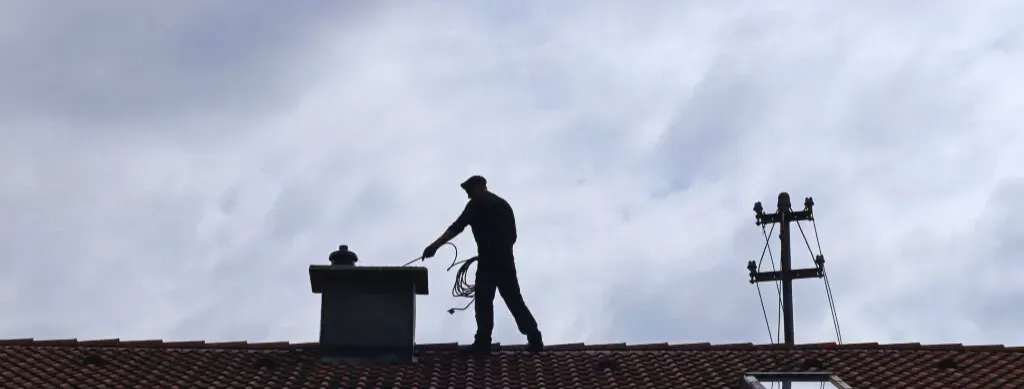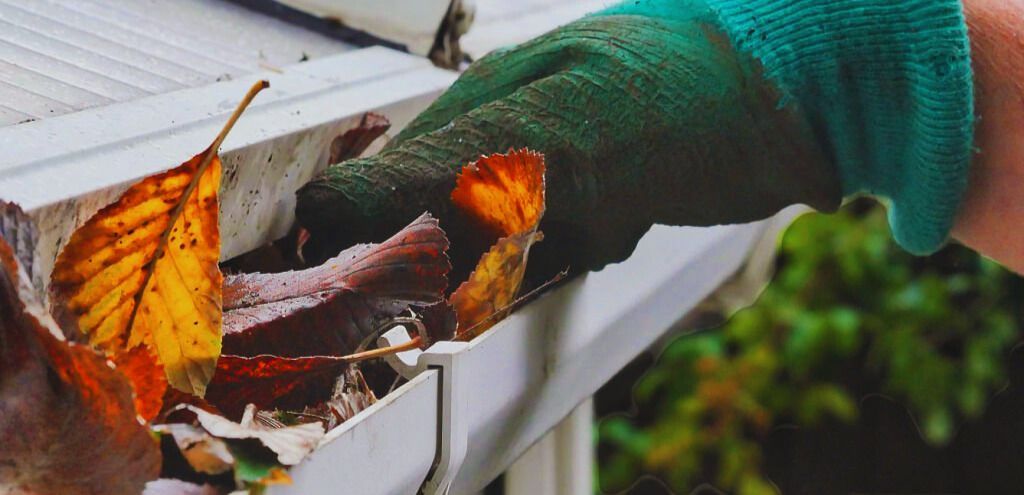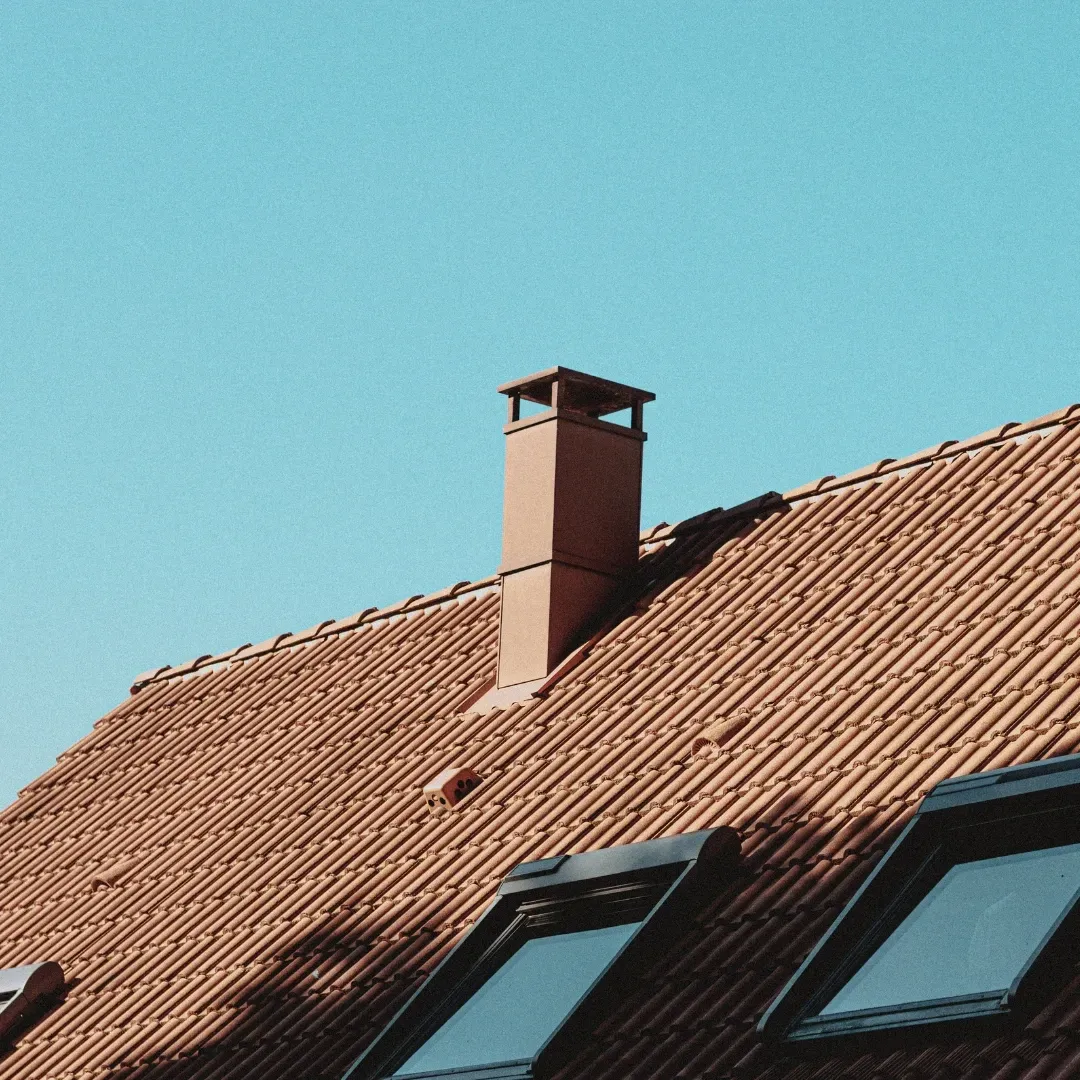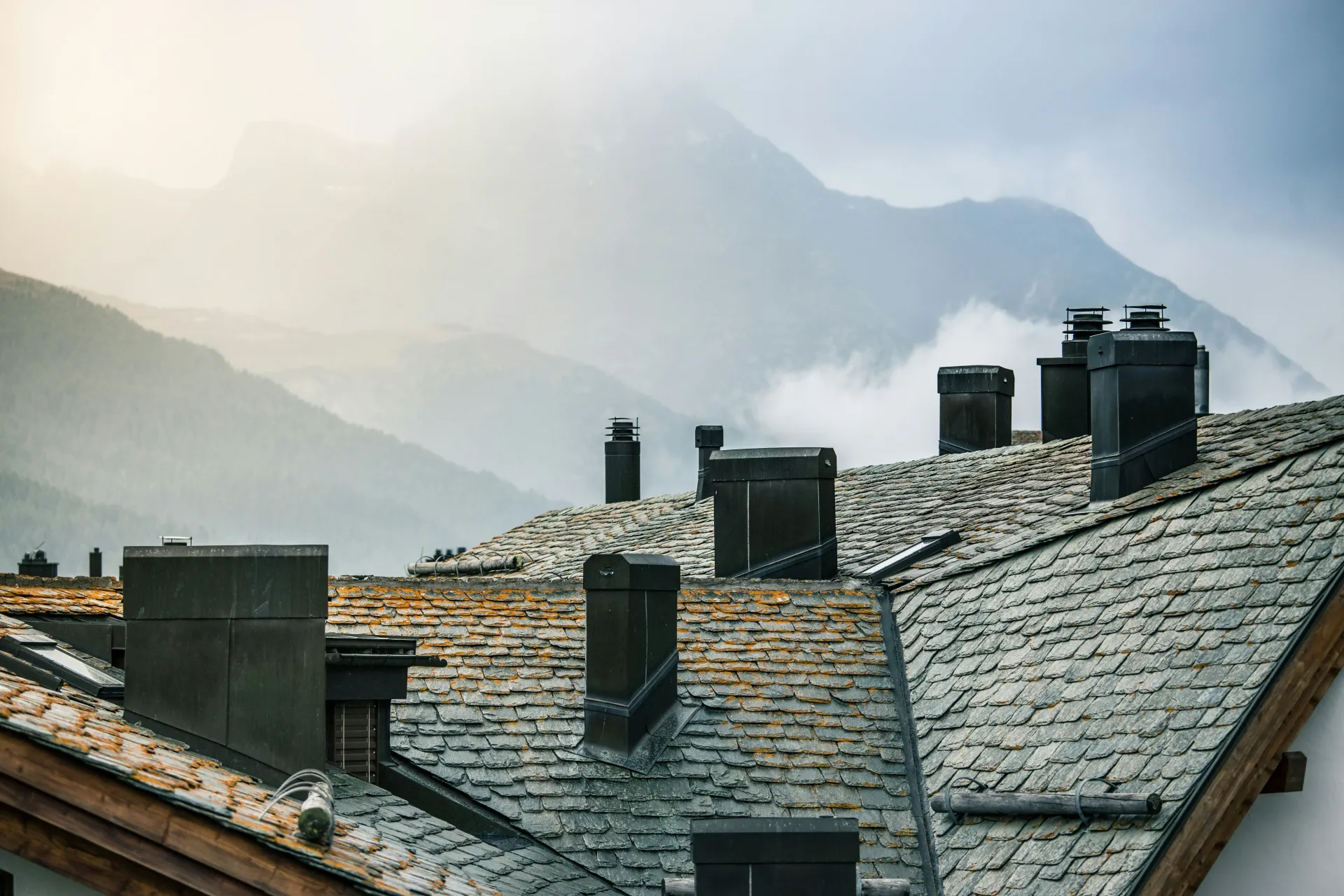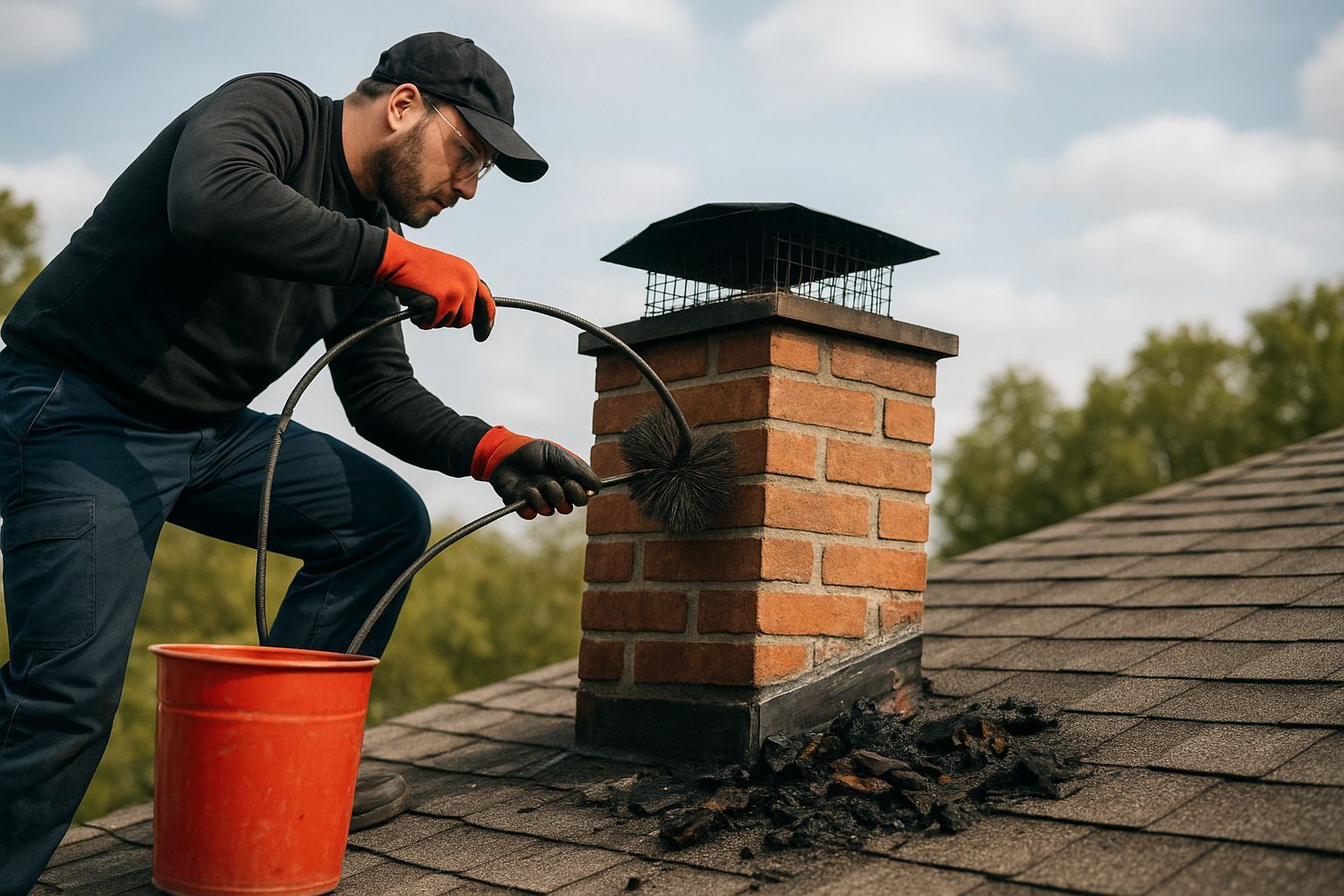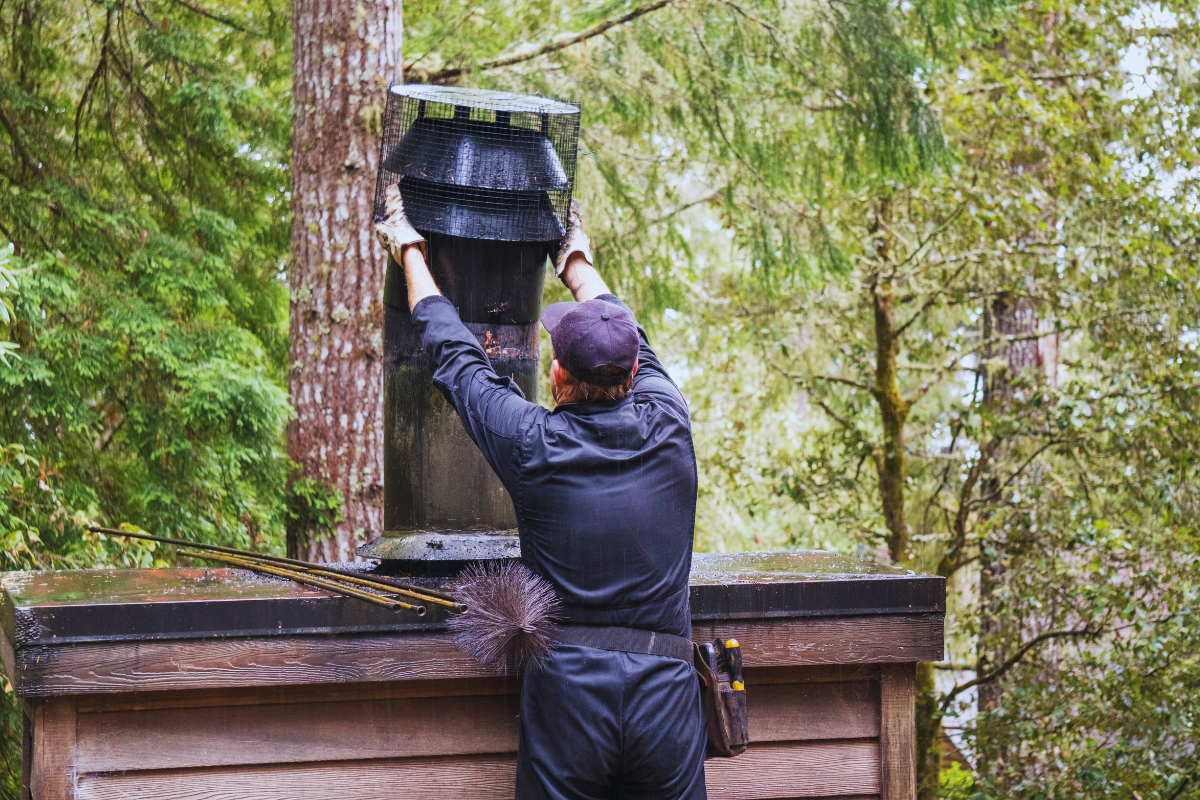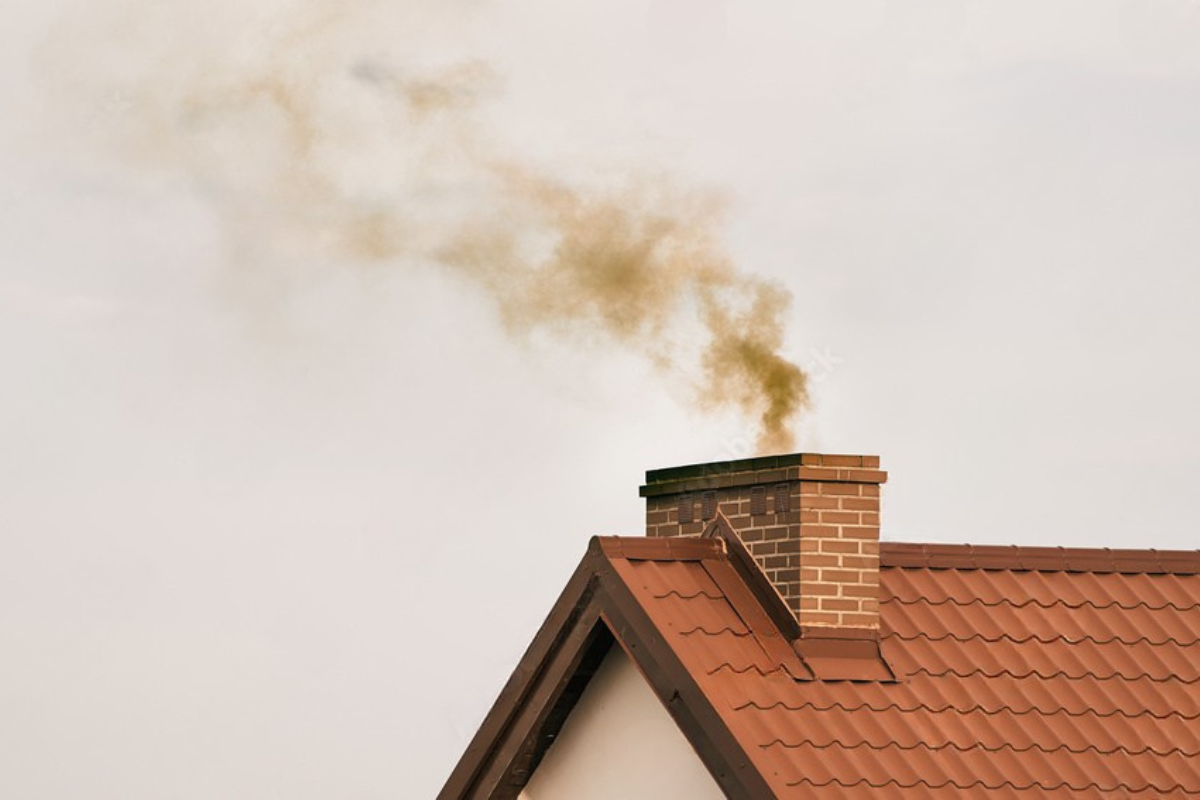Why Proper Ventilation Is Key to Fireplace Efficiency and Home Safety
When it comes to cozying up by the fire, homeowners often prioritize aesthetics—those crackling flames and warm ambiance. But behind the scenes, there's a vital factor that determines whether that fire is a comfort or a hazard: proper fireplace ventilation. Surprisingly, many homeowners are unaware of how essential this system is for not only efficiency but also safety.
Proper fireplace ventilation ensures that the air required for combustion enters the firebox, and smoke, gases, and particulates are safely expelled through the chimney or vent. It’s this airflow regulation that creates a safe and efficient burn. Without it, your fireplace could become a dangerous liability.
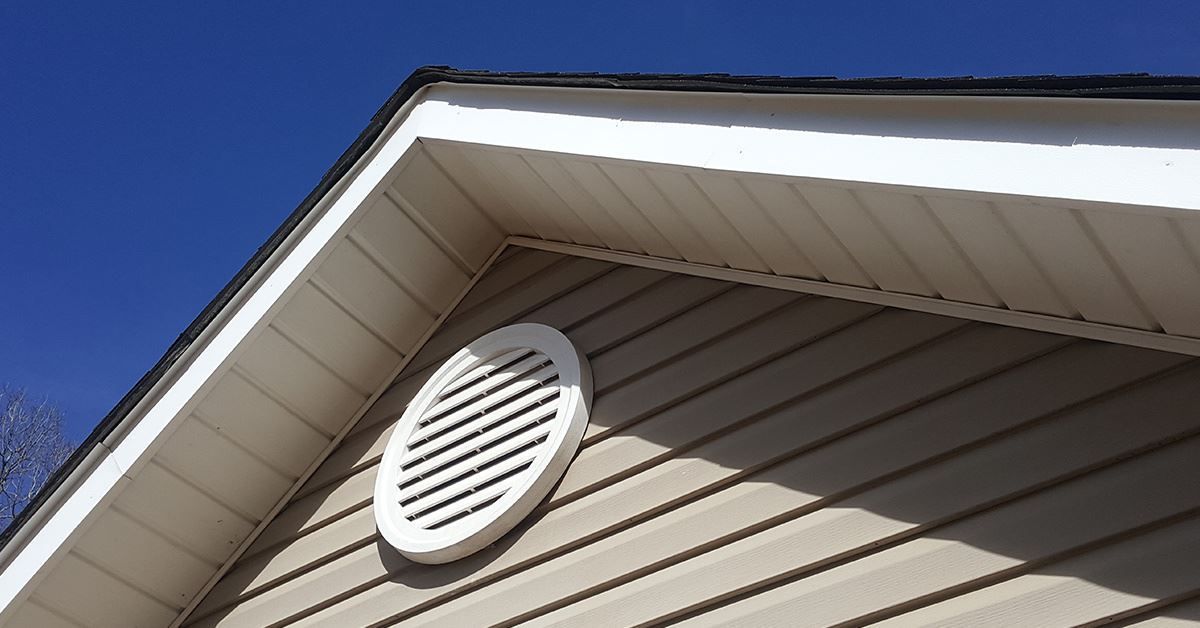
How Poor Ventilation Impacts Fireplace Efficiency
Efficiency is all about getting the most heat with the least effort or fuel. When ventilation is compromised, combustion becomes incomplete. This leads to creosote buildup, wasted wood, reduced heat output, and even more frequent chimney cleanings.
More importantly, poor airflow causes your fire to “fight for air,” pulling in cold drafts and reducing the overall warmth. Think of it like trying to breathe through a straw—ineffective and exhausting. Likewise, your fireplace wastes energy when it lacks a proper draft.
The Link Between Ventilation and Indoor Air Quality
Every time a fireplace is used, it affects the air you breathe. Poor ventilation can leak carbon monoxide, soot, and other pollutants into your living space. This not only damages your health over time but could even become life-threatening in the short term.
The U.S. Environmental Protection Agency notes that indoor air pollution from poorly ventilated fireplaces can contribute to respiratory issues, asthma attacks, and even long-term cardiovascular risks.
The Science Behind Combustion and Ventilation
Fireplaces require oxygen to maintain combustion. Ventilation ensures a consistent flow of oxygen while simultaneously evacuating combustion byproducts. This delicate balance depends on chimney draft, air pressure, and fuel type.
If this equilibrium is disturbed—say, by a blocked chimney or improper damper settings—dangerous gases like carbon monoxide and nitrogen dioxide can backflow into your home. This is why understanding the “stack effect” and airflow dynamics is critical for safe fireplace operation.
Symptoms of Poor Fireplace Ventilation
When your fireplace ventilation is lacking, the signs are often visible, tangible, and even...smelly. It’s not subtle. You'll notice soot accumulating on nearby walls, windows fogging up inexplicably, and a lingering burnt or smoky smell that no amount of candles or air freshener can eliminate. You may even experience persistent coughing or allergies after using the fireplace.
Some homeowners mistake these symptoms as normal fireplace side effects. But let’s be clear: they’re warning signs. If your fire sets off the smoke detector despite a fully open flue or if you feel lightheaded after enjoying a fire, those are urgent red flags.
Moreover, walls or ceilings with peeling paint near the fireplace, or white staining on bricks (called efflorescence), are clear evidence of moisture and airflow issues caused by bad ventilation.
Common Fireplace Ventilation Mistakes Homeowners Make
Even with the best intentions, homeowners unknowingly sabotage their fireplace systems. One major mistake? Keeping the damper closed or partially closed during operation. While it may seem like a way to trap more heat, it actually restricts smoke and gas escape, leading to indoor air pollution.
Another issue is failing to remove blockages like bird nests, creosote buildup, or seasonal debris from the chimney. Some even attempt DIY ventilation installations, ignoring local codes or airflow principles—costing more in the long run.
And perhaps the most overlooked mistake? Using a fireplace without understanding how room pressure affects airflow. Running exhaust fans, dryers, or range hoods while the fireplace burns can create negative pressure, sucking dangerous gases back into your home instead of venting them out.
How Fireplace Efficiency Affects Energy Costs
A poorly ventilated fireplace is a money pit. Here’s why: when combustion is inefficient, more fuel is needed to produce the same amount of heat. In wood-burning fireplaces, that means more logs. In gas fireplaces, more energy consumption.
Additionally, inadequate airflow can cause warm indoor air to be pulled up the chimney instead of being circulated into the living space. It’s like heating the sky while freezing in your living room.
Proper ventilation, on the other hand, improves combustion, retains more heat, and ensures the fireplace contributes positively to your heating plan. In fact, with the right setup and insulation, your fireplace can lower your reliance on central heating.
Ventilation and Chimney Draft: The Invisible Connection
The unsung hero of fireplace function is the chimney draft. This invisible upward air current carries smoke and gases safely outside. Without a proper draft, even a well-built fire will smoke out your room.
Several factors influence draft strength: chimney height, outside temperature, and even barometric pressure. A tall, warm chimney drafts better than a short, cold one. That’s why preheating your flue by burning a newspaper roll or using a draft inducer is sometimes necessary.
Understanding how to harness and maintain good draft is essential—because without it, even the most beautifully designed fireplace becomes a smoky hazard.
Is Your Chimney Working Against You?
Chimneys, like any structure, age and deteriorate. Over time, mortar crumbles, flue liners crack, and creosote builds up. These seemingly small issues can have big impacts.
A compromised chimney creates unpredictable airflow, leading to backdrafts—where smoke re-enters your home instead of exiting it. Chimney leaks, particularly around the flashing or crown, allow moisture to invade, further damaging your flue and insulation.
A yearly chimney inspection by a trusted Chimney Service can identify these problems early. Think of it like a health checkup for your home’s respiratory system.
Types of Chimneys and Their Ventilation Needs
Not all chimneys are created equal. There are three primary types:
- Masonry Chimneys: These traditional brick and mortar chimneys require liners and regular maintenance. They’re sturdy but can develop cracks and absorb moisture.
- Prefab or Factory-Built Chimneys: Often used with inserts or stoves, these rely on metal flue pipes and must be correctly sized and installed to ensure ventilation balance.
- Direct-Vent Chimneys: Common in modern gas fireplaces, these use a sealed combustion system that draws outside air for combustion and exhausts directly outside.
Each type demands unique care. Ignoring those nuances is like wearing summer clothes in winter—it might work for a while, but it’s not ideal or safe.
Proper Chimney Maintenance for Optimal Ventilation
Routine chimney care is more than cleaning—it’s a form of home hygiene. Here’s a simple checklist:
- Annual inspection: Schedule a certified sweep to check for structural issues, creosote buildup, or blockages.
- Clean the flue: Even seasonal use can lead to creosote, which is highly flammable.
- Check the damper: Make sure it opens and closes smoothly.
- Install a chimney cap: Prevents rain, snow, and critters from clogging your flue.
If this seems overwhelming, reach out to a professional Chimney Service to take the guesswork out of fireplace care.
Vent-Free Fireplaces: Are They a Safe Bet?
Vent-free fireplaces sound appealing—no chimney needed, easy installation, and lower costs. But here’s the trade-off: they release all combustion byproducts into your living space.
Manufacturers claim they're safe thanks to oxygen-depletion sensors and catalytic converters. However, experts caution against prolonged use in tight or unventilated rooms, especially for those with respiratory issues.
While they’re useful as backup heat sources, vent-free units shouldn’t replace a well-ventilated fireplace. At the very least, crack a window when using one, and limit usage duration.
Role of Outside Air in Fireplace Performance
A sealed fireplace system that brings in outside air for combustion ensures your indoor air stays fresh. This setup, commonly seen in modern homes, prevents negative pressure buildup that can reverse the chimney draft.
It also means your fireplace doesn’t compete with exhaust fans, dryers, or other appliances for oxygen. Sealed systems are particularly effective in airtight, energy-efficient homes where every cubic foot of air counts.
Smart Dampers: Game-Changer in Ventilation Control
Modern problems require modern solutions—and smart dampers are one of them. Traditional fireplace dampers often corrode, warp, or become stuck due to age and exposure. Enter thermostatic and top-sealing dampers, which offer better performance, tighter seals, and automated control.
Smart dampers react to temperature changes and open or close based on combustion needs. This not only enhances ventilation but also reduces energy loss by sealing the chimney when not in use. Compared to older throat dampers, these modern versions help retain more heat, block downdrafts, and prevent animals or debris from entering.
Top-sealing dampers, mounted at the top of the chimney, also protect the flue from rain and snow—an essential feature in colder climates.
Building Codes and Fireplace Ventilation Standards
Let’s not forget the law of the land. Many municipalities follow National Fire Protection Association (NFPA) codes or International Residential Code (IRC) standards when it comes to fireplaces. These codes govern:
- Minimum chimney heights
- Clearance between fireplace structures and combustibles
- Ventilation requirements based on BTU ratings
- Approved materials for flue liners
Improper or outdated ventilation can not only void your home insurance but may also prevent you from selling your home down the line. Always ensure that any installation or renovation involving your fireplace is code-compliant.
Before starting a project, consult your local code enforcement office—or better yet, Contact a professional for guidance and inspection.
Fireplace Inserts and Ventilation Considerations
Fireplace inserts are popular for retrofitting inefficient open hearths. They can dramatically increase heat output, but if installed incorrectly, they may reduce ventilation effectiveness.
Why? Because the insert restricts airflow unless properly vented. Inserts must be paired with a full chimney liner system to ensure combustion gases are safely vented. A partial liner or no liner at all traps smoke and moisture between the insert and chimney walls—inviting damage and hazards.
Also, some inserts pull air from the room, while others use outside air kits. Knowing the difference and matching it to your home’s construction is essential for ventilation success.
Carbon Monoxide: The Silent Threat
You can’t see it. You can’t smell it. But carbon monoxide (CO) can kill silently and swiftly. Poor ventilation is a prime cause of CO buildup in homes with fireplaces.
The Centers for Disease Control and Prevention (CDC) reports that more than 400 people die from unintentional CO poisoning annually in the U.S. Many of these tragedies could have been prevented with proper fireplace ventilation and functional CO detectors.
To protect your family:
- Install carbon monoxide alarms on every floor.
- Check batteries monthly.
- Have a yearly inspection of all fuel-burning appliances.
- Never ignore headaches, dizziness, or nausea during fireplace use.
Ventilation in Gas vs Wood Fireplaces
Although both gas and wood fireplaces serve the same purpose, they operate—and ventilate—very differently.
Gas fireplaces often use direct-vent systems that pull in outside air and vent exhaust through a sealed pipe. This makes them more efficient and safer for tightly sealed homes.
Wood-burning fireplaces, on the other hand, need robust draft management and regular chimney maintenance. They're more susceptible to creosote buildup and require a greater volume of combustion air.
Understanding the ventilation requirements of your specific fireplace type is critical. Don't assume that what works for a gas unit will suffice for a wood-burning system—and vice versa.
Seasonal Impacts on Fireplace Ventilation
Ever notice your fireplace draft poorly in summer or early fall? That’s no coincidence. Ventilation is heavily influenced by outside temperatures, humidity, and wind patterns.
In warm months, the air in your chimney becomes cooler than the indoor air, disrupting the draft and even reversing it. This is why preheating the flue before lighting a fire is sometimes necessary.
Additionally, strong winds can create pressure zones around your chimney cap, causing smoke to be pushed back into the home. Wind-resistant chimney caps or vent hoods can help alleviate this problem and maintain consistent ventilation year-round.
How to Test and Measure Fireplace Ventilation Effectiveness
Homeowners can—and should—test their fireplace ventilation at least once per season. Here’s how:
- Smoke Test: Light a small piece of rolled newspaper near the damper. If smoke exits cleanly through the chimney, you're in good shape. If it backs into the room, there’s a ventilation issue.
- Manometer Test: A manometer measures air pressure and draft strength. Professionals use this tool to get precise readings.
- Thermal Imaging: Some chimney services use infrared cameras to detect leaks or insulation gaps affecting draft performance.
If any test indicates an issue, it’s time to schedule a chimney inspection.
Signs You Need a Professional Chimney Service
You don’t have to wait for visible smoke to recognize ventilation trouble. Call a professional Chimney Service if you experience any of these:
- Strong odor of soot or smoke indoors
- Difficulty lighting or sustaining a fire
- Yellow instead of blue gas flames
- Smoke stains on ceiling or mantle
- Sudden increase in allergy or respiratory issues
Professionals are trained to spot issues you can’t, such as flue deterioration, pressure imbalances, and ventilation blockages. They can also recommend upgrades like smart dampers, top-sealing caps, or improved liners.
Choosing the Right Ventilation System for Your Home
Not every home needs the same ventilation solution. Choosing wisely depends on:
- Home Size: Larger homes may need more complex airflow zoning.
- Fireplace Location: Basement units often require mechanical draft systems.
- Fireplace Type: Wood, gas, pellet—all have different ventilation profiles.
Custom solutions may include balanced flue systems, outside air kits, or dual-wall venting for modern fireplaces. An expert can tailor a system based on your needs and home structure.
Ventilation for Multi-Story Homes with Fireplaces
In multi-story homes, chimney draft becomes more complex. Zoning issues, differential pressure, and multiple flues competing for airflow can cause ventilation chaos.
For these homes, solutions may include:
- Zoned HVAC systems
- Powered chimney fans
- Dedicated combustion air supplies for each unit
Never assume a “one-size-fits-all” system will work. Have your home evaluated professionally if you plan to add or modify a fireplace in a multi-level setup.
Role of Fireplace Ventilation in Home Insurance Policies
Insurers are getting smarter. Many now require proof of annual chimney inspections, functioning dampers, and working CO detectors for continued coverage.
Ventilation-related fireplace fires can lead to denied claims. That’s why insurers often ask:
- Is the chimney lined?
- Are there any past fire incidents?
- Is the ventilation system up to code?
Stay ahead of the curve—document your maintenance and upgrades. And remember, prevention is always cheaper than restoration.
FAQs About Fireplace Ventilation
Why is fireplace ventilation important?
It ensures efficient burning, reduces smoke buildup, and protects against harmful gases like carbon monoxide.
How can I tell if my fireplace isn’t ventilating properly?
Look for smoke in the room, a lingering burnt smell, soot on walls, or signs of dampness near the chimney.
What is the safest type of fireplace for indoor air quality?
Direct-vent gas fireplaces are the safest as they completely seal combustion gases from indoor air.
Do I need to ventilate even with a ventless fireplace?
Yes. Despite the “ventless” label, these units still require adequate room ventilation to avoid oxygen depletion.
How often should I check my fireplace ventilation?
At least once a year, ideally before the start of the heating season. More if you use your fireplace frequently.
Who should I contact for professional fireplace ventilation help?
A certified
Chimney Service provider is your best bet.
Conclusion: Ventilation Is Not Optional
Fireplace ventilation isn't just a design detail—it's a critical component of a healthy, energy-efficient, and safe home. The benefits of proper ventilation extend beyond your hearth, affecting everything from air quality to monthly energy bills.
Homeowners who invest in understanding and maintaining fireplace ventilation protect their homes from fire hazards, improve heating efficiency, and ensure cleaner indoor air. If you're unsure about the current state of your ventilation system, don't hesitate to Contact a professional today.
Links:
